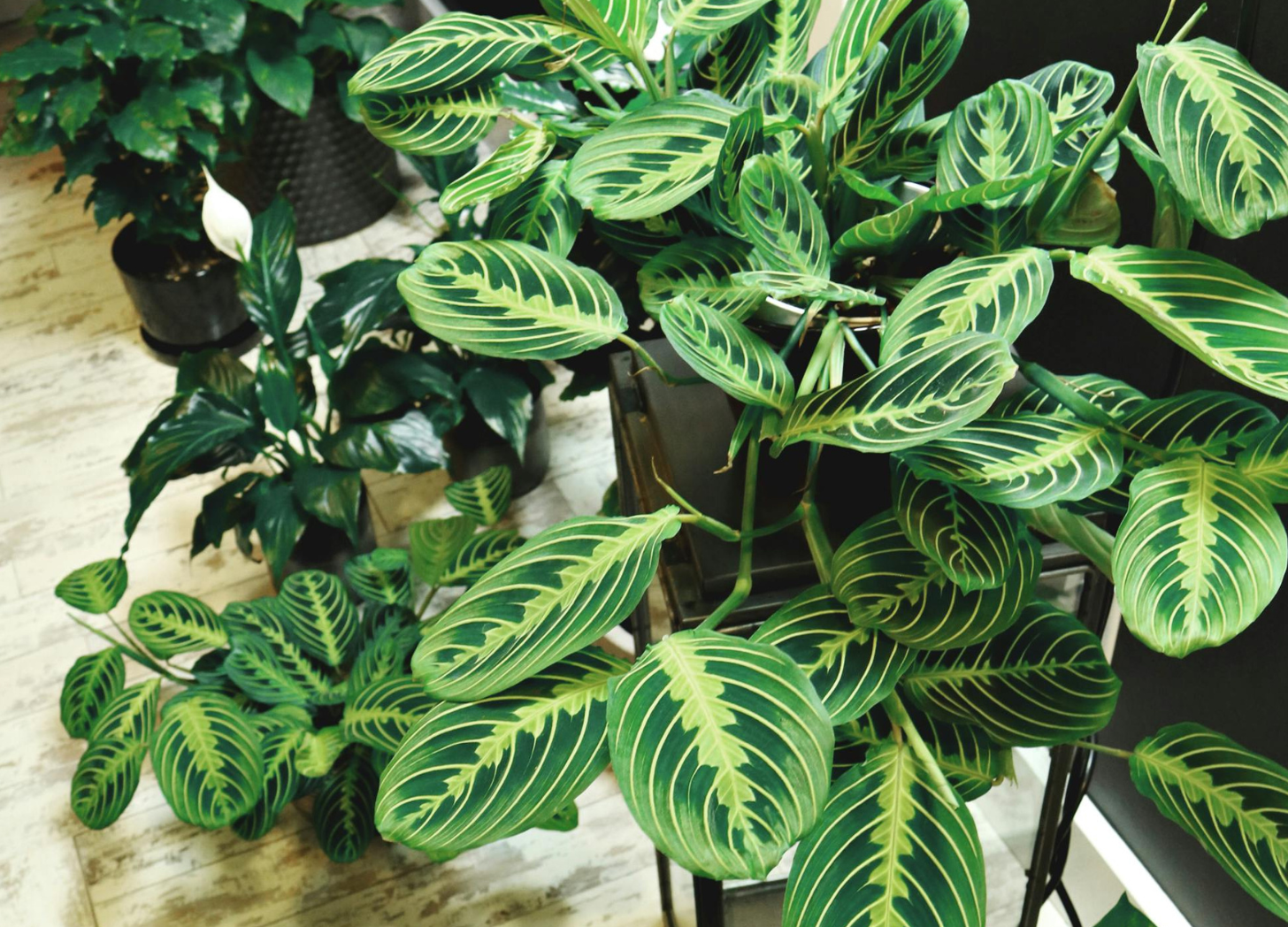Houseplants have become increasingly popular for their ability to transform living spaces into calming, vibrant environments. Whether you’re looking to spruce up your home, improve your well-being, or simply add a touch of nature to your space, houseplants are a great place to start. This beginner’s guide will walk you through the benefits of having houseplants, the supplies you’ll need, easy-to-care-for plants, and tips on how to keep them healthy and thriving.
Benefits of Houseplants
- Improved Air Quality: Houseplants can help purify the air by removing toxins like formaldehyde, benzene, and carbon monoxide. Some plants, like the snake plant and spider plant, are particularly good at improving air quality.
- Boosted Mood and Reduced Stress: Studies show that being around greenery can reduce stress levels, elevate your mood, and increase overall mental well-being.
- Increased Humidity: Houseplants naturally release moisture, helping to increase humidity in dry environments, which is beneficial for skin, respiratory health, and even furniture.
- Enhanced Aesthetics and Creativity: Greenery adds beauty and a sense of calm to your space. Plus, caring for plants can inspire creativity and offer a sense of accomplishment.
Supplies You’ll Need
Before you start your houseplant journey, gather these essential supplies:
– Pots with Drainage Holes: Proper drainage prevents water from sitting in the pot and causing root rot. Look for pots with drainage holes at the bottom.
– Potting Mix: Choose a well-draining potting mix suitable for indoor plants. Different plants have specific soil needs, but a general-purpose potting mix works for most beginners.
– Watering Can: A small watering can with a narrow spout helps control water flow and prevents overwatering.
– Plant Fertilizer: Fertilizer provides essential nutrients for plant growth. Look for an all-purpose indoor plant fertilizer for beginners.
– A Humidity Tray (optional): If your home is particularly dry, a humidity tray can help keep moisture levels up for your plants.
Easy Houseplants for Beginners
If you’re just getting started, opt for plants that are low-maintenance and forgiving. Here are a few beginner-friendly options:
- Snake Plant (Sansevieria): Snake plants are virtually indestructible and thrive on neglect. They do well in low to bright light and only need to be watered every 2-4 weeks, depending on your home’s humidity.
- Spider Plant (Chlorophytum comosum): Spider plants are known for their easy-going nature and ability to thrive in various conditions. They prefer bright, indirect light but can tolerate lower light levels. Water them every 1-2 weeks when the top inch of soil feels dry.
- Pothos (Epipremnum aureum): Pothos is another hardy plant that tolerates low light and inconsistent watering. Water when the top inch of soil is dry, about once every 1-2 weeks.
- Peace Lily (Spathiphyllum): Peace lilies are perfect for beginners who want to add a bit of elegance to their space. They prefer bright, indirect light but can survive in lower light conditions. Water when the top inch of soil dries out, typically once a week.
How to Take Care of Your Houseplants
Taking care of houseplants doesn’t have to be complicated. Here are some simple steps to ensure your plants stay healthy and happy.
- Watering: Overwatering is one of the most common mistakes beginners make. A good rule of thumb is to water only when the top inch of soil feels dry. Use pots with drainage holes to prevent soggy soil. For most houseplants, watering once a week is sufficient, but always check the specific needs of your plant.
- Light Requirements: Most houseplants prefer bright, indirect light. Avoid placing them in direct sunlight unless they specifically require it (like succulents and cacti). If you don’t have enough natural light, consider using a grow light to supplement.
- Humidity: Some plants thrive in higher humidity environments. If your home is dry, you can increase humidity by misting your plants, using a humidifier, or placing a tray of water near them.
- Fertilizing: Fertilize your plants every 4-6 weeks during the growing season (spring and summer). Choose an all-purpose indoor plant fertilizer and follow the package instructions to avoid over-fertilizing, which can harm your plant.
- Cleaning: Dust can accumulate on plant leaves, blocking sunlight and reducing their ability to photosynthesize. Wipe the leaves with a damp cloth every few weeks to keep them clean.
Suggested Maintenance Schedule
To keep your plants thriving, follow this simple maintenance schedule:
– Weekly:
– Check for dry soil and water if needed.
– Remove any dead or yellowing leaves.
– Dust off leaves if necessary.
– Monthly:
– Inspect for pests (look for sticky residue, webbing, or small insects).
– Rotate plants for even light exposure.
– Every 4-6 Weeks:
– Fertilize during the growing season (spring and summer).
– Seasonally:
– Adjust watering in the winter when plant growth slows down, usually reducing water frequency.
Where to Get Help
If you’re unsure about how to care for your plants or run into any issues, there are plenty of resources available:
– Local Plant Nurseries: Staff at nurseries are usually very knowledgeable and can give personalized advice based on your climate and space.
– Online Plant Communities: Join social media groups or forums where plant lovers share tips, troubleshoot issues, and exchange advice.
– Plant Care Apps: Apps like Planta or PictureThis can help you identify your plants, track their watering schedule, and diagnose problems like pests or nutrient deficiencies.
– YouTube Tutorials: There are countless plant care channels where you can learn everything from basic care to advanced gardening techniques.
Houseplants are not only beautiful and calming but can also be surprisingly easy to care for once you get started. By choosing the right plants, gathering a few key supplies, and sticking to a simple maintenance schedule, you’ll be well on your way to creating a thriving indoor garden. Whether you’re seeking to bring nature indoors or boost your well-being, houseplants make for a rewarding and soothing hobby!

+ show Comments
- Hide Comments
add a comment